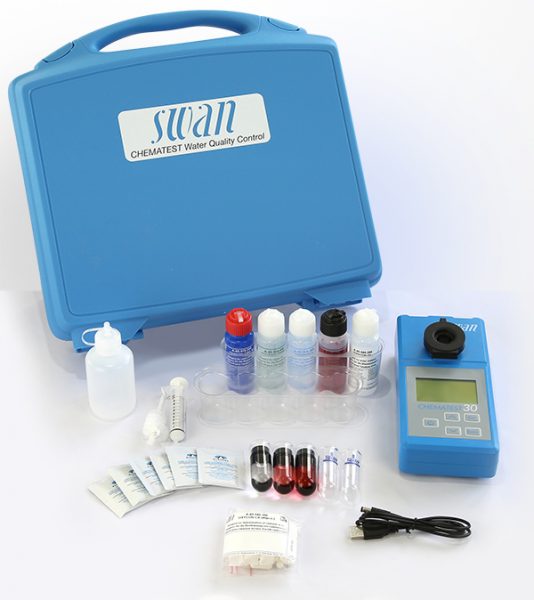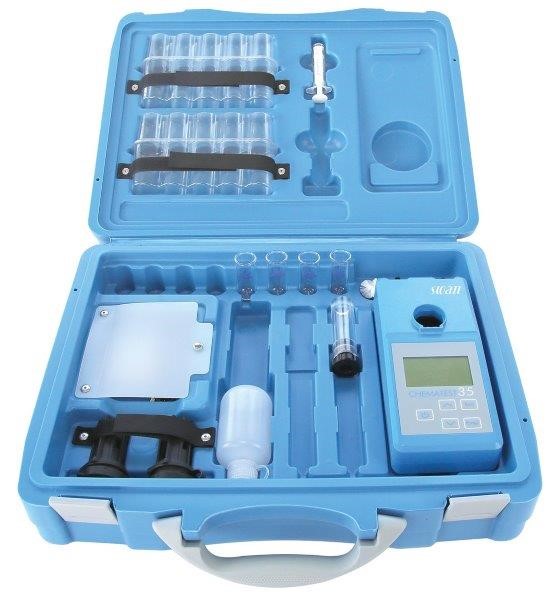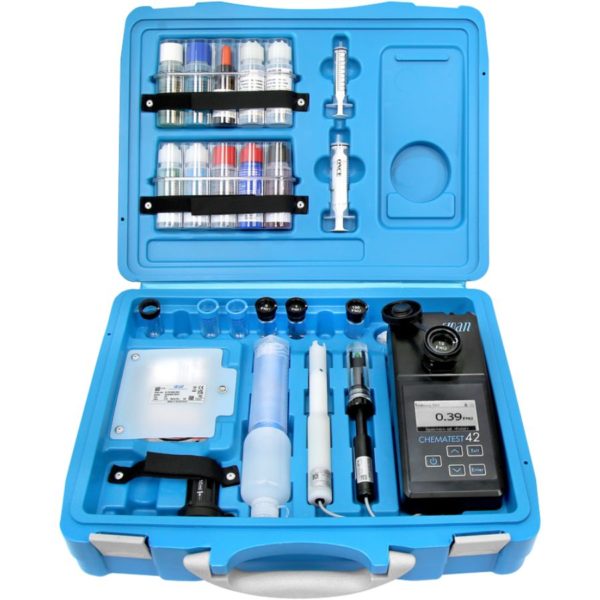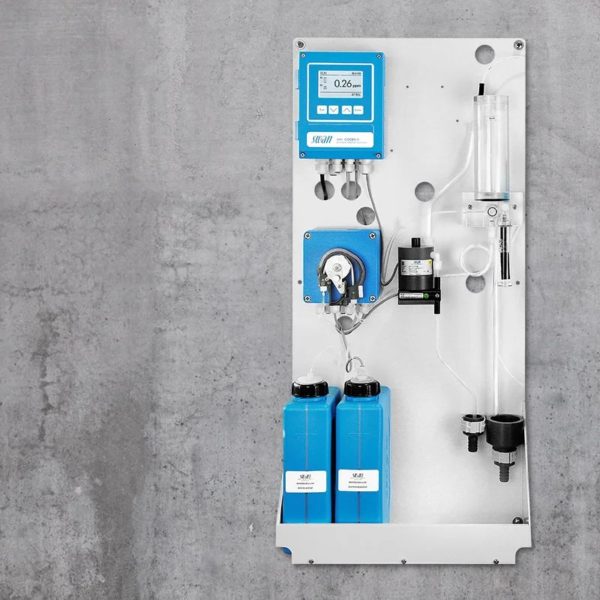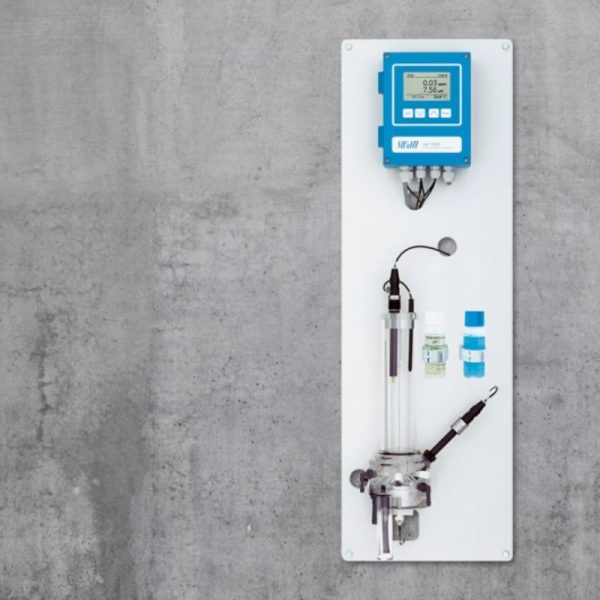What is Bromine?
Bromine is a chemical element with the symbol Br and atomic number 35. It belongs to the halogen group in the periodic table, characterized by its highly reactive properties. At room temperature, bromine exists as a volatile reddish-brown liquid that readily evaporates, emitting a strong, bleach-like odour. It is the only nonmetallic element that is liquid under normal conditions. Bromine’s atomic mass is approximately 79.90 u, and its electron configuration is [Ar] 3d^10 4s^2 4p^5, reflecting its position in the periodic table. This element is naturally found in the Earth’s crust and in seawater in various chemical compounds known as bromides. Bromine is used in a wide range of applications, including the production of flame retardants, agricultural chemicals, dyestuffs, insecticides, and pharmaceuticals, due to its ability to react with many other elements and compounds.
Bromine in Water Treatment
Bromine is a valuable alternative to chlorine in water treatment due to its potent disinfecting properties, especially effective in conditions where ammonia and nitrogenous compounds are present. It operates by forming hypobromous acid when dissolved in water, a powerful agent against pathogens. Bromine’s application spans from sewage and wastewater treatment to sanitizing swimming pools and industrial cooling systems, highlighting its versatility. However, its use, similar to chlorine, necessitates careful consideration of potential disinfection by-products (DBPs) and their environmental and health impacts. Techniques such as activated carbon filtration and ultrafiltration have been developed to mitigate these concerns, ensuring the safety of treated water. The choice between bromine and chlorine depends on specific water treatment needs, underlining the importance of a tailored approach to effectively manage water quality while minimising adverse effects.
Online Bromine Analysers

